Summary
- Lower the stakes for a slice-of-life campaign; focus on personal conflicts over saving the world.
- Add rivals to challenge your players; create competition and ambition for roleplay.
- Incorporate new rules like schoolwork outcomes or customer maintenance for non-combat challenges.
Dungeons & Dragons is traditionally a high-fantasy adventure with fire-breathing dragons or undead wizards causing chaos while the party uses their might to save the world. Using just the rules system of D&D, and a few tweaks, you can create all kinds of campaigns in unusual settings fit for more casual players or veterans looking for something new.
Slice-of-life campaigns take the heroic fantasy of D&D and make the conflicts more personal and social, enhancing the roleplay aspects of the game while reducing the need to swing swords. While it’s a valid way to play D&D, there are more than a handful of necessary changes and considerations to get the most out of this style of campaign.
8
Lower The Stakes
The main aspect of a slice-of-life campaign is the simplified story with much less deadly stakes than your typical high-fantasy game. Instead of obtaining powerful relics to prevent a lich from covering the world in darkness, your players might instead be figuring out how to stop the carnival from going out of business.
This also means there shouldn’t be any character deaths, and knowing this, your players will craft their backstories and characters in a way that they know won’t be torched halfway through. There should still be the chance for failure, but no lives should be at risk, only livelihoods.
Failure in slice-of-life can be more intimidating than in traditional high fantasy, whereas attempting to make up with a friend can be harder than slaying a Gelatinous Cube.
7
Add Rivals
The roleplay aspect is central to slice-of-life and the best way to challenge your players is to give them rivals that are always in competition with one another. This can be a simple reflection of the party with snarkier attitudes and a strong ambition.
This rival could also just be a single person, who will have to be otherwise fairly powerful to actually give four plus players a challenge to overcome. While they might not be the central antagonist to the campaign, they should give your players something to overcome or race against.
6
Adapt Pre-Written Campaigns
Changing something familiar into a new format can make it easier for players to get into character and understand the stakes and villains more clearly. This can be using the Curse of Strahd setting and making Strahd a cruel boss and your players the disgruntled employees.
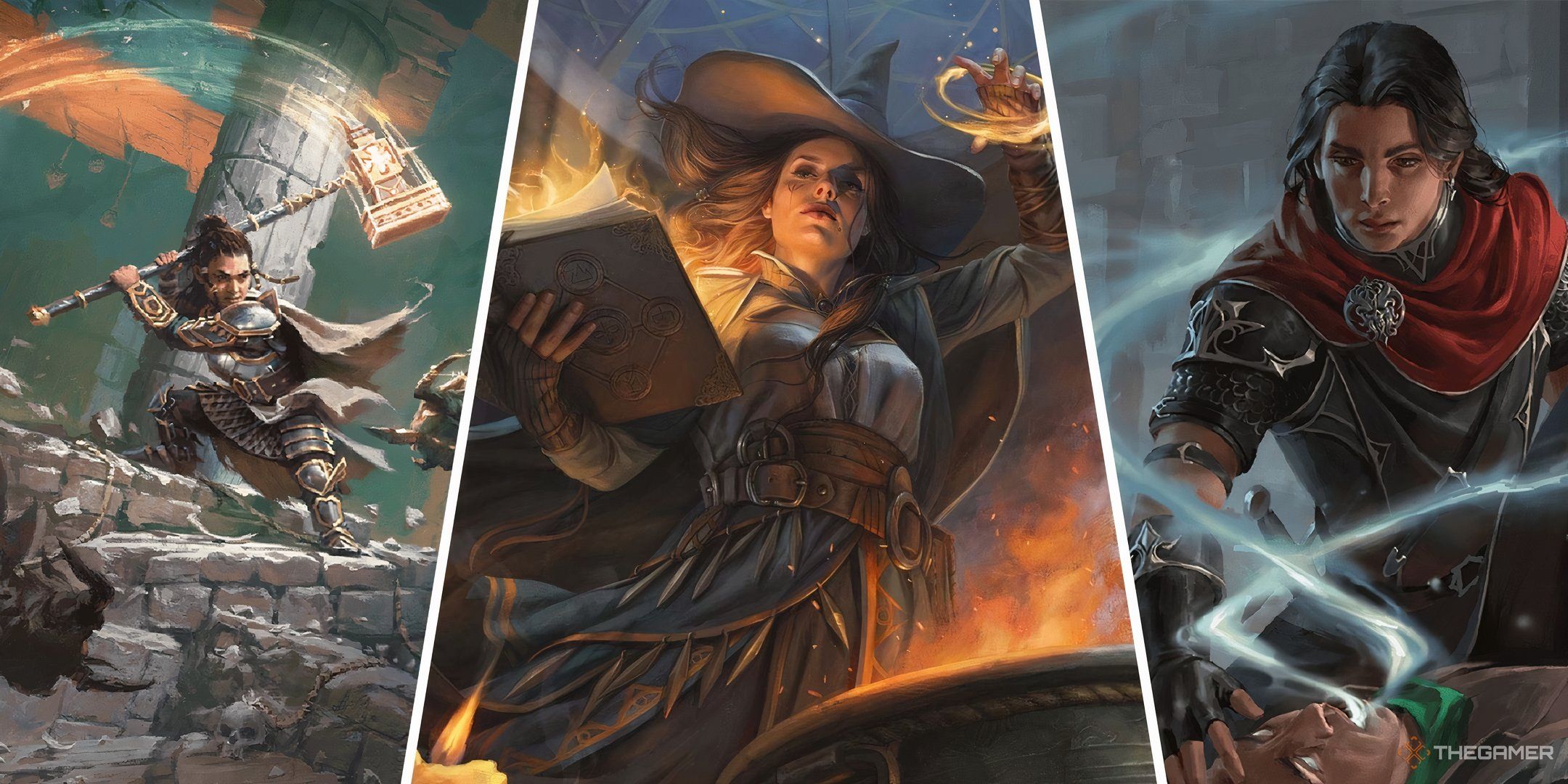
Related
Dungeons & Dragons: 18 Best Bonus Action Spells
Use your action economy in Dungeons & Dragons much more efficiently with the best bonus action spells around.
Ghosts of Saltmarsh includes rules for ships and crew maintenance that would make an excellent seafaring campaign where your players travel to unique locations in search of crew members and stories to tell. Strixhaven: A Curriculum of Chaos is already a slice-of-life campaign setting that is ideal for magical school themes.
5
Incorporate New Rules
With lowered stakes comes less focus on combat, and it can feel like you are taking away some of the mechanics of the game, forcing players to rely on roleplay to carry the campaign. By including unique rules for the setting, you can add challenges that force your players to take risks.
In a school campaign, this can be making players roll to determine the outcomes of their schoolwork and adjust the bonuses based on their activity. When running a business, you can add rules to maintain or lose customers and what magical items in stock cause chaos that week.
Strixhaven has rules for jobs, extracurriculars, exams, and even relationships which can be used for any setting.
4
Give Your NPCs More Depth
More so than in your typical high-fantasy game, a slice-of-life campaign will have your players interacting with NPCs much more frequently and almost under a microscope. You will want to make sure you understand their motivations and even give important NPCs a backstory of their own.
This is especially important for rival characters and antagonists, as players will be sleuthing to find out everything they can in order to predict their next moves. This also gives you an opportunity for backstabs and dramatic twists that would otherwise have to be perfectly executed in an average D&D campaign.
3
Reduce Combat
Although the rules for D&D heavily focus on the rules and options for combat, your players will not be having six to eight encounters per day, and will often go an entire session without swinging a sword. This isn’t a bug but a feature of slice-of-life campaigns, allowing your players to focus on other mechanics or roleplaying.

Related
Dungeons & Dragons: 17 Christmas One-Shot Ideas
Looking to add a festive twist to your D&D campaign? Look no further.
This will also give spells that are often overlooked a second glance, as the scenarios in which to use Druidcraft and Grease become much less niche. Consider granting spell scrolls and magic items that enhance non-combat abilities or add unique curses that affect behavior and roleplay, rather than adding elemental damage types.
Allow players to use combat abilities in creative ways, such as making an attack roll to pry open a door or chest.
2
Start Low
A slice-of-life campaign can be quickly overrun by players with access to fifth and sixth-level spells, which makes the average adventurer or NPC weak to their overwhelming abilities. Players should start at level one and leveling should take almost twice as long as usual, ensuring your players can still be challenged without dragons and liches.
You will also want to make sure that you don’t take the adventure to level 20, or even past level ten, as that is when the campaign loses its ability to maintain the slice-of-life theme. However, if everyone is fine with allowing the campaign to transition, then that could make for an interesting ending with high stakes in what started in a school for wizards.
1
Include Mysteries
Since slice-of-life campaigns rarely allow your players to show off their abilities and spells, giving them a mystery to solve can allow them to show off what their characters can do. These are usually low-stakes adventures which lead to important clues that could reveal deep truths about familiar NPCs or locations.
This kind of information should be powerful, allowing your players to use it as leverage while also making them a target.




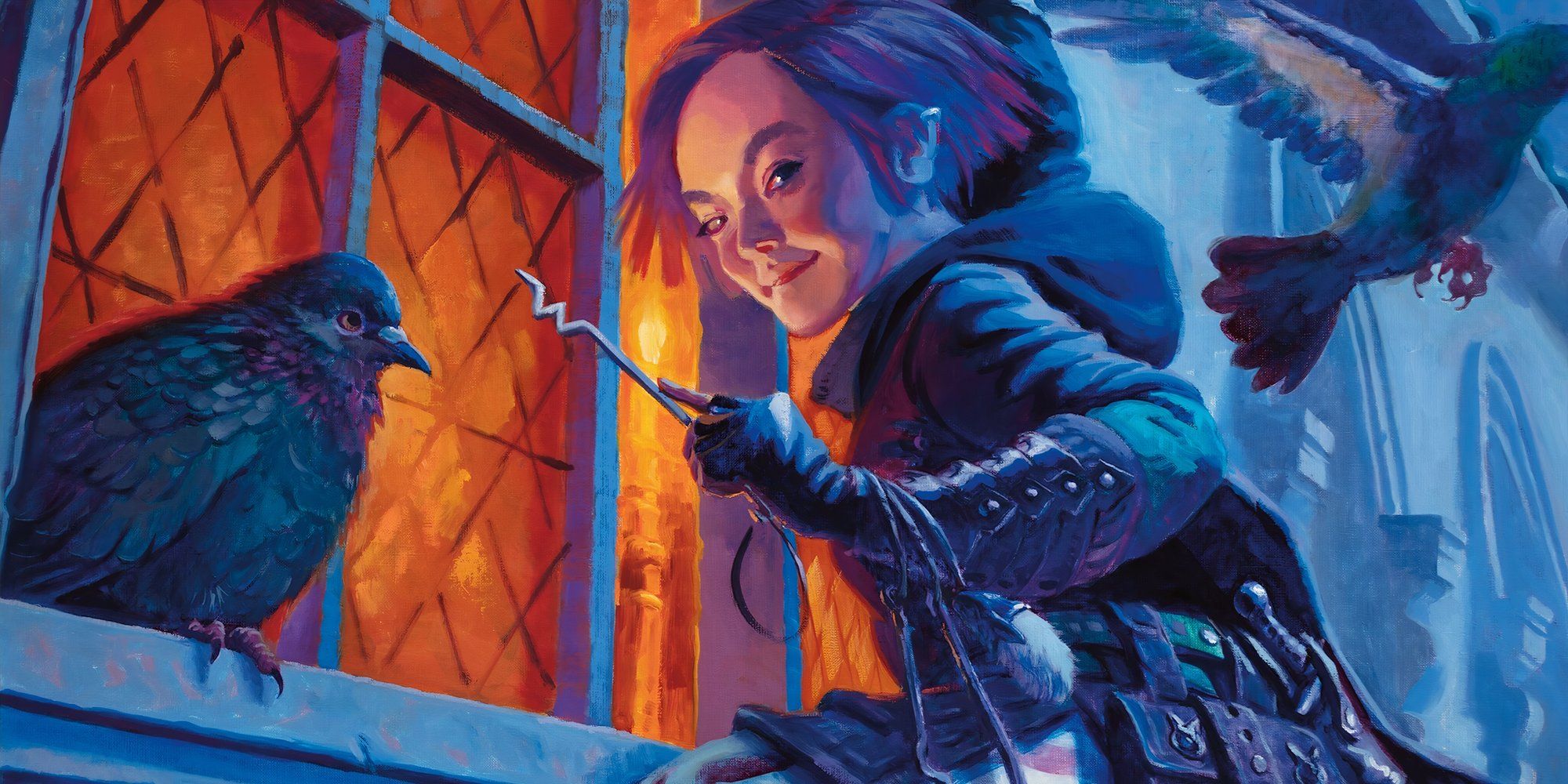
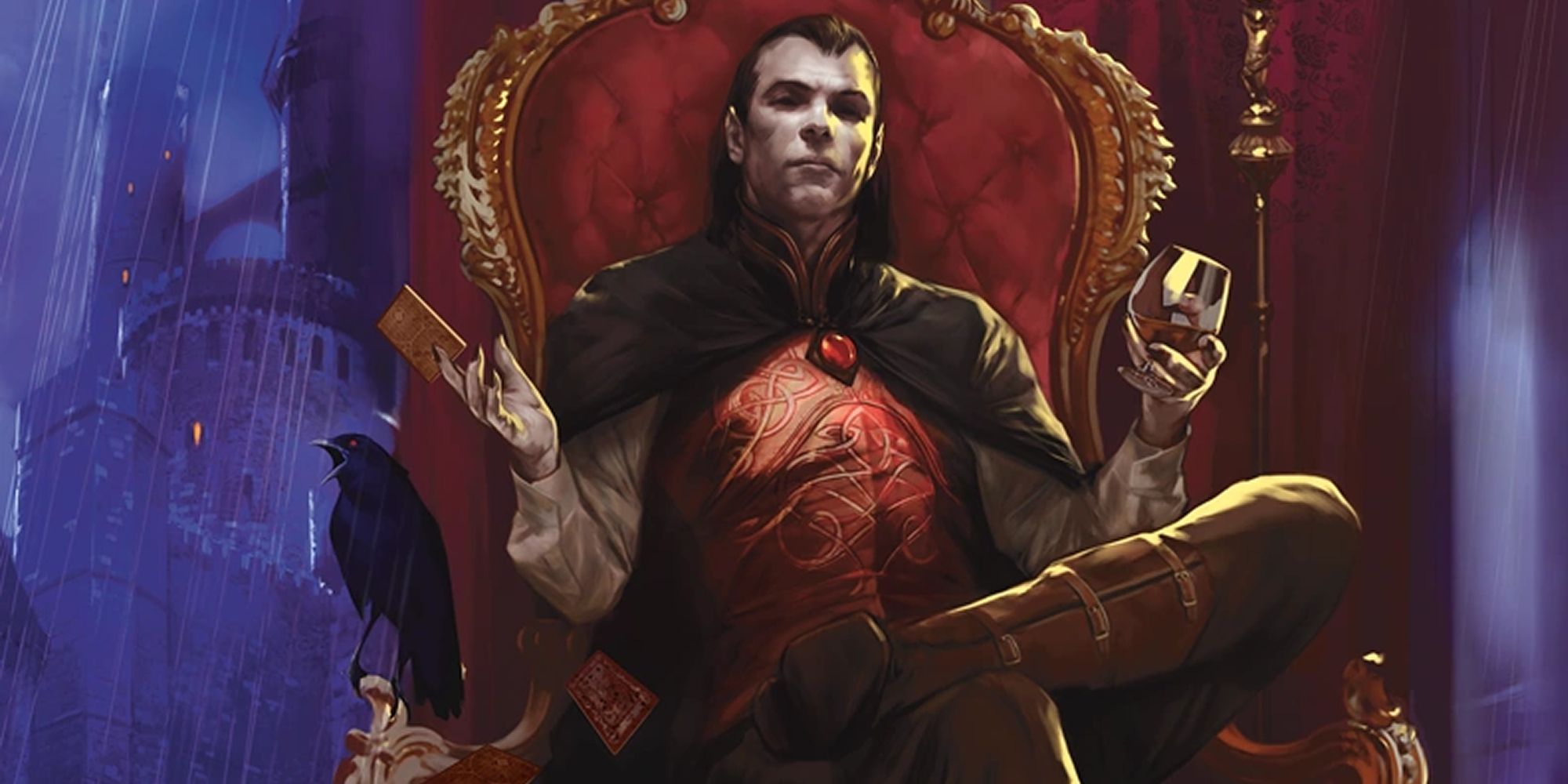
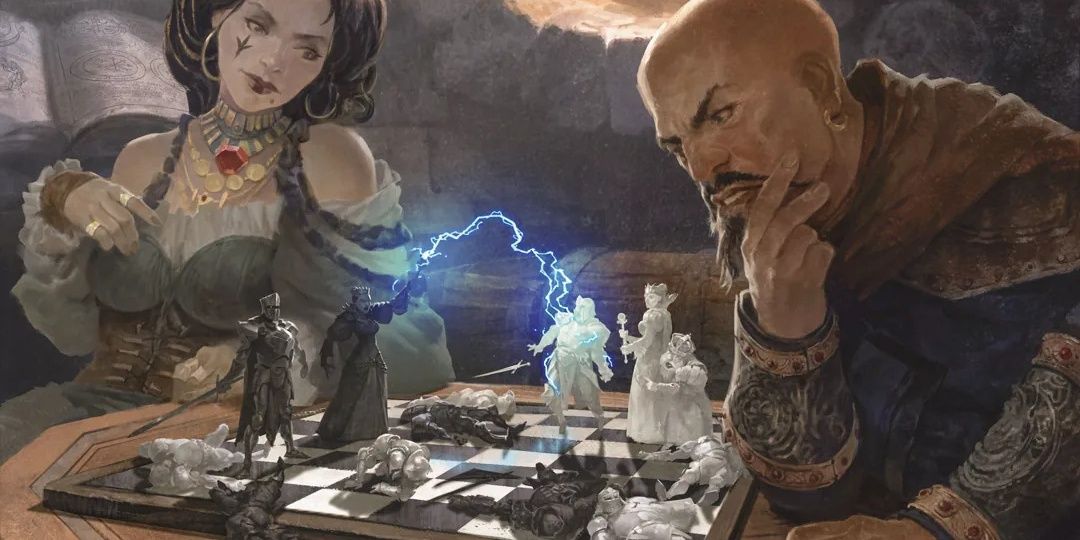
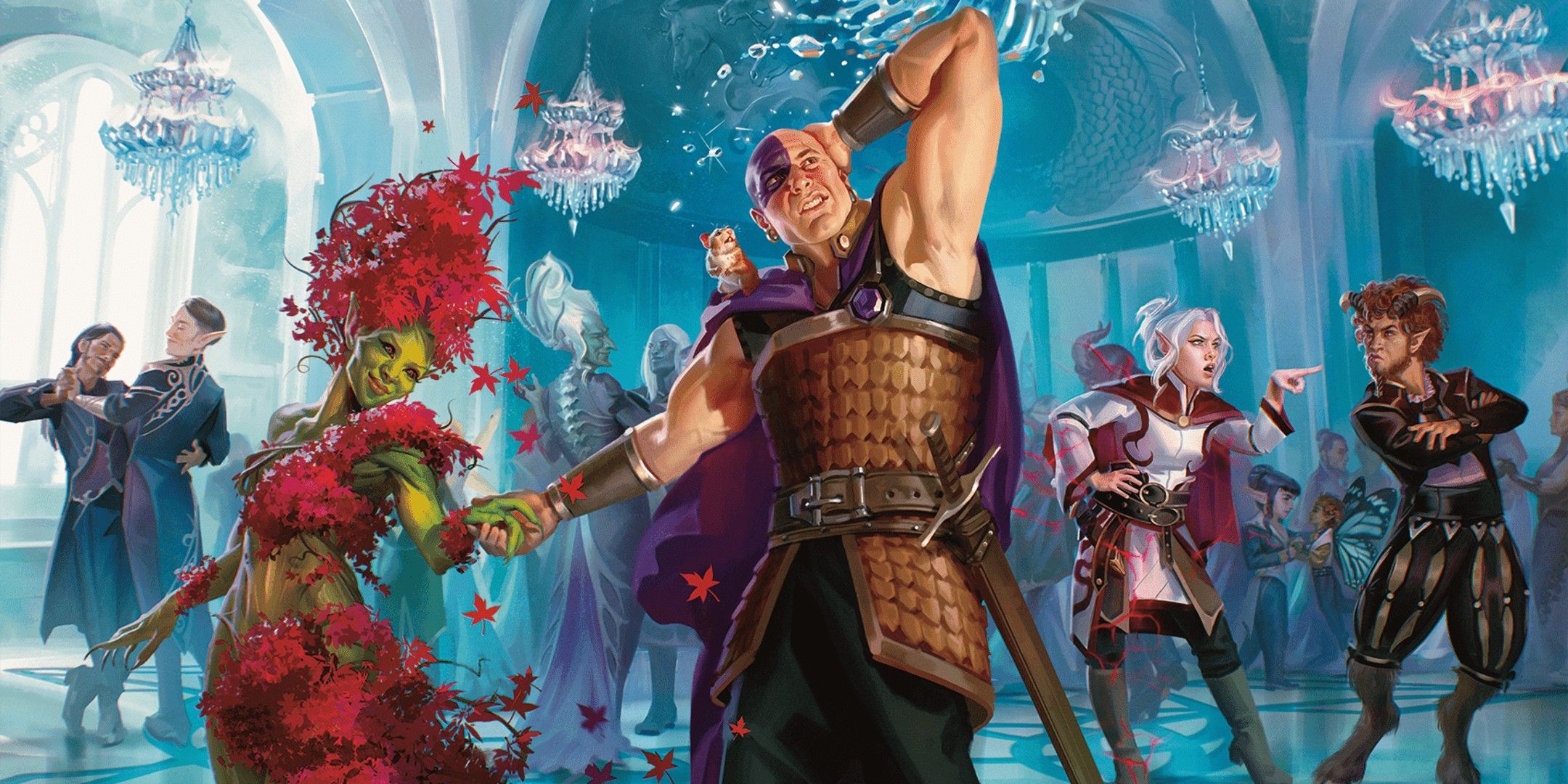

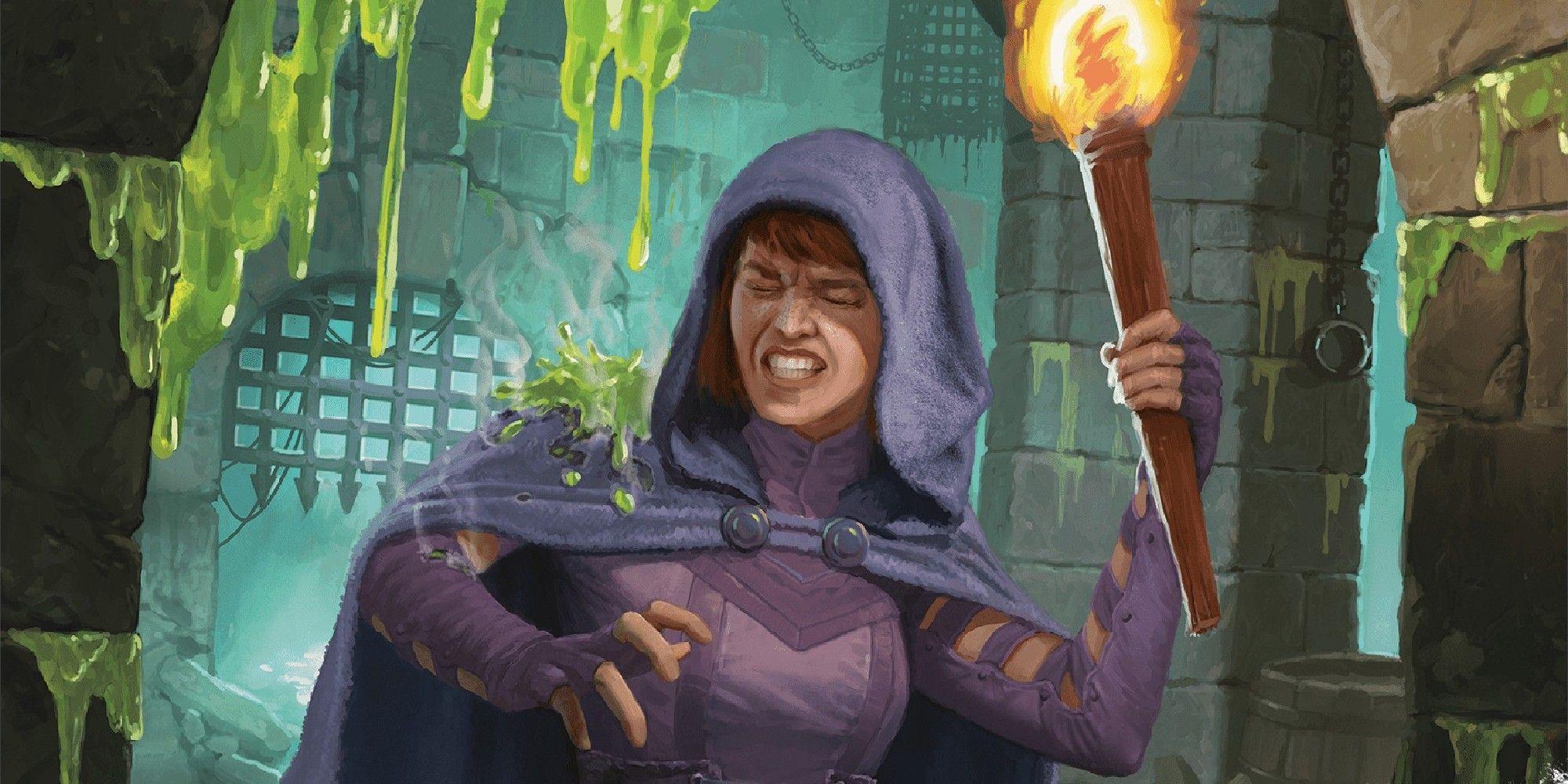
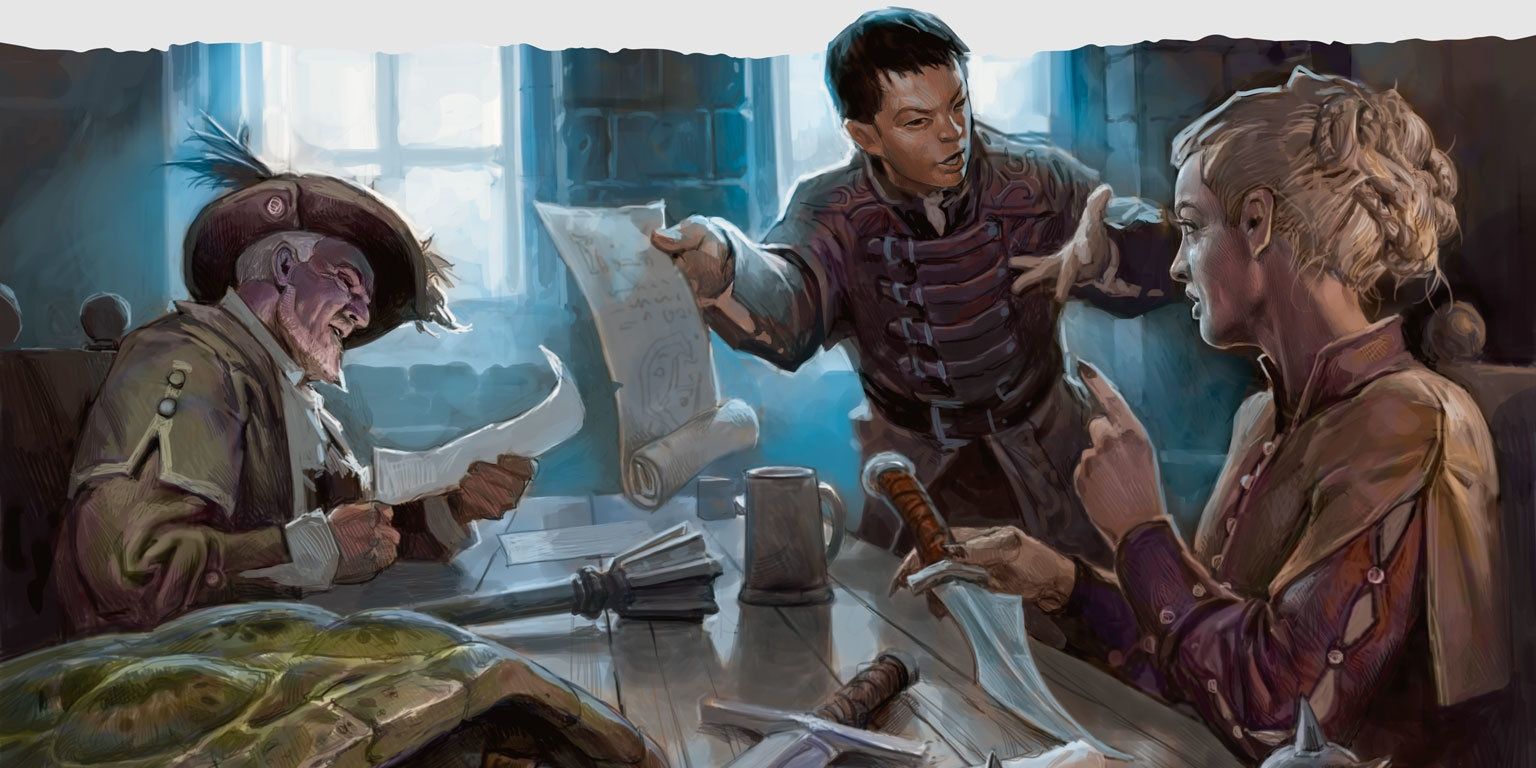
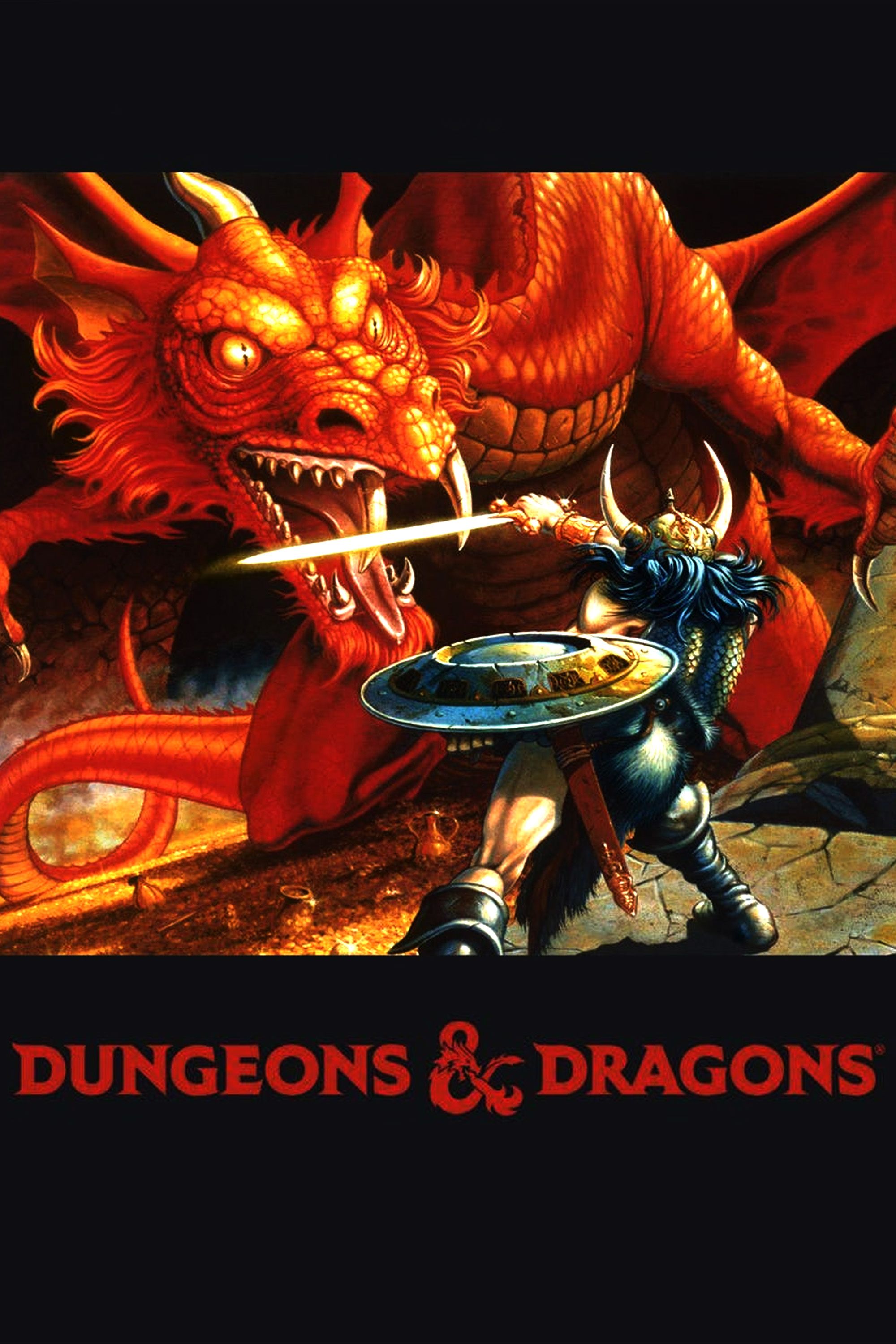





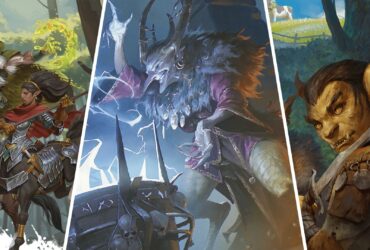


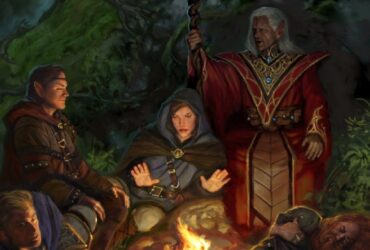

Leave a Reply